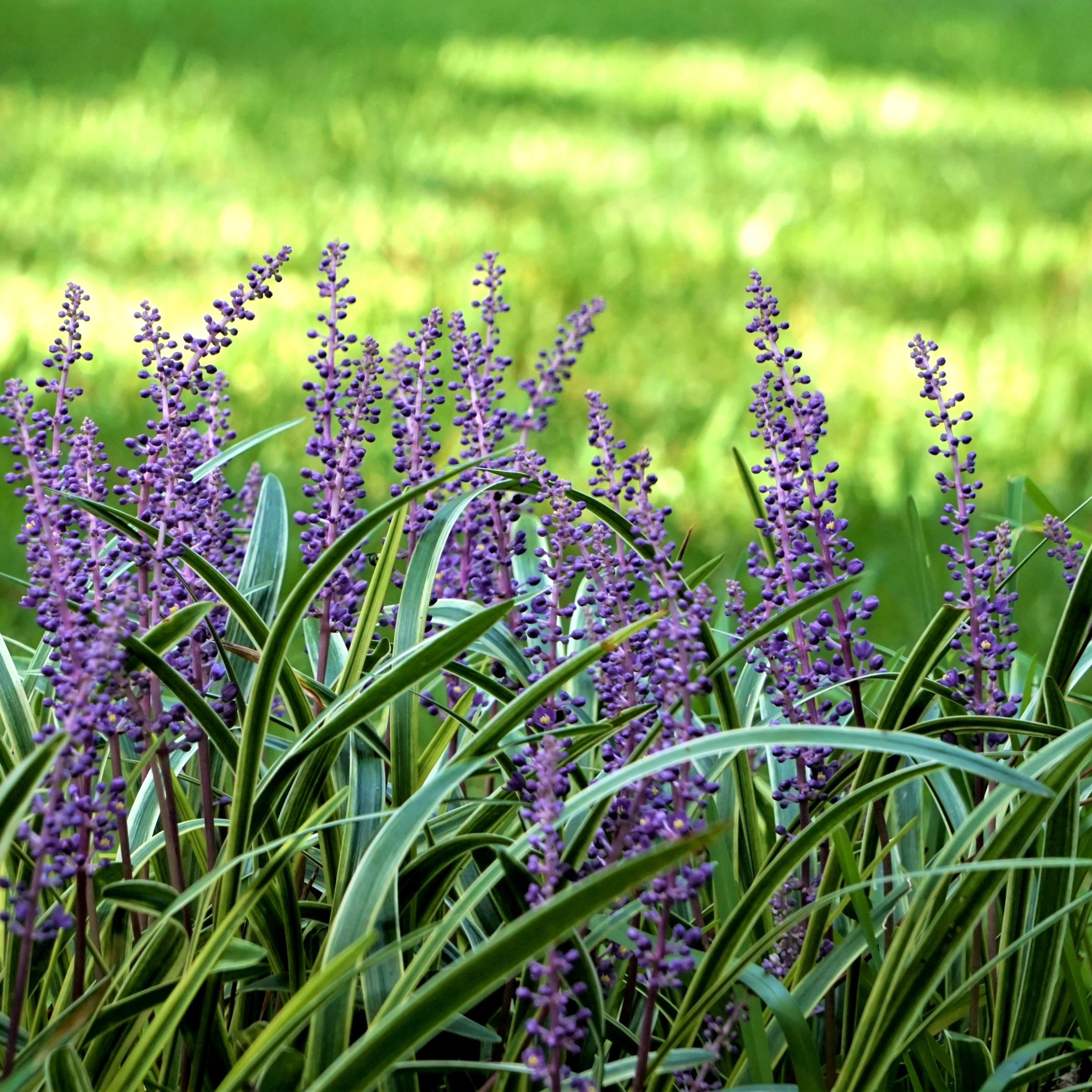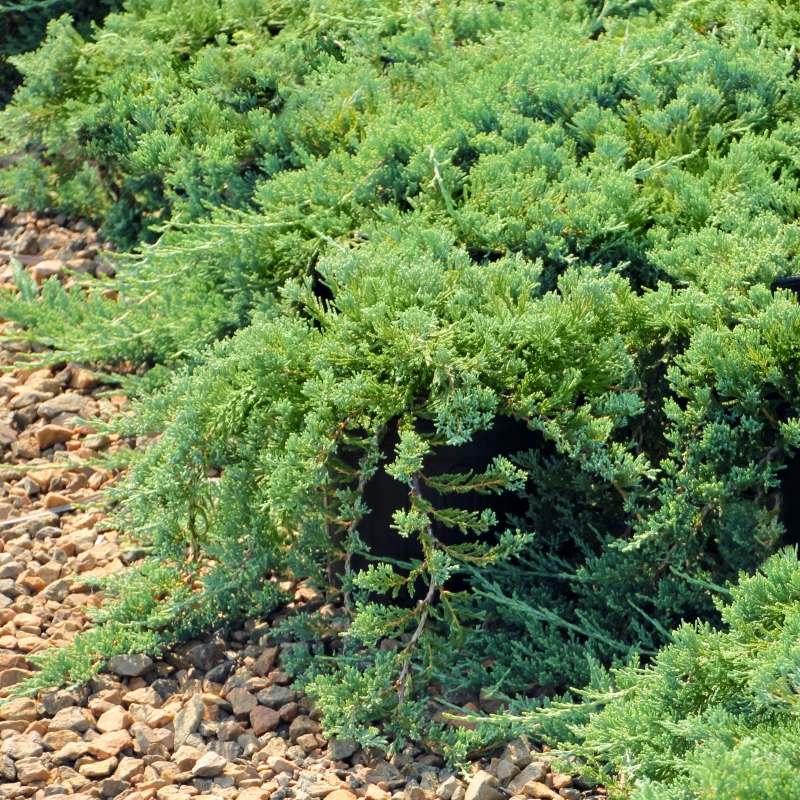

James Kelway Painted Daisy
Tanacetum coccineum 'James Kelway'
20 reviews


James Kelway Painted Daisy
Tanacetum coccineum 'James Kelway'
20 reviews
- Beautiful and vibrant colors
- Easy to grow and maintain
- Long-lasting blooms
- Ships to 43215 in 7-10 Days
- Free Shipping Over $150
- Plant Arrival Guarantee
- In Stock
- Free Plant Consult
$200
$49.00
$70.00
30% Off
1 Gallon
We are sorry, product is currently out of stock due to seasonal availability. Please check the "Related plants available in your area" section below
Why James Kelway Painted Daisy?
James Kelway painted the Tanacetum coccineum 'James Kelway' daisy likely because he was a plant breeder and horticulturist who cultivated and named many new plant varieties. This particular daisy, named after Kelway himself, features bright red-pink petals and a yellow center. It is likely that he painted it to document and promote this beautiful new addition to the world of horticulture.
Related plants available in your area
Sunlight
The James Kelway Painted Daisy requires full sun to thrive.
Watering
The watering requirement for James Kelway Painted Daisy is moderate. It prefers to be kept consistently moist, but not waterlogged. Ensure the soil is well-drained and water accordingly, allowing the top inch of soil to dry out before watering again.
Fertilizing
The fertilizer requirements for James Kelway Painted Daisy are not specified. It is recommended to use a balanced, slow-release fertilizer according to the needs of the soil and follow general guidelines for perennial flowers.
James Kelway Painted Daisy, also known as Tanacetum coccineum 'James Kelway' or Pyrethrum is a perennial variety of the Painted Daisy plant, remarked on for being the famous pure red one.
James Kelway Painted Daisy blooms with the most colorful flowers, bright red with yellow centers. The flowers rise above upright stems.
The upright stems bearing loads rise against beautiful ferny foliage with a glinting bright green color. The foliage remains attractive long after blooming is over in late summer. But while they bloom, the painted daisies also make stunning cut flowers.
Considered one of the most beautiful and colorful bare root plants, James Kelway Painted Daisy is also low maintenance and easy to grow.
James Kelway Painted Daisy prefers full sun to partial shade. The full sun leads to more vigorous blooming.
As for soil conditions, most importantly, it should be planted in well-drained soil. It's not particular about soil types, but aside from normal soil, sandy and clay soils are the best choices. It's also deer resistant.
Faded flowers should be removed to encourage more buds to form, and the plant may be trimmed hard after blooming to rejuvenate the fern-like foliage.
Order yours from Shrubhub right away to get a healthy plant in its best state.
Plant Information:
| Botanical Name: | Tanacetum coccineum 'James Kelway' |
| USDA Zones: | 3-8 |
| Water: | Medium |
| Exposure: | Full Sun |
| Soil Needs: | Well Drained |
| Mature Height: | 18 - 30 inches |
| Mature Spread: | 12 - 18 inches |







Pollination Info
Pollination Information for James Kelway Painted Daisy (Tanacetum coccineum 'James Kelway')
James Kelway Painted Daisy is a perennial flowering plant that belongs to the aster family. This plant is a popular ornamental plant in gardens and is widely known for its beautiful flowers that attract many pollinators.
Flower Anatomy
The flower of James Kelway Painted Daisy has a yellow center disc surrounded by numerous tiny ray flowers that are pink, red, or purple in color. The flower heads are typically 2-3 inches wide and appear in clusters on long stems.
Pollinators
James Kelway Painted Daisy attracts a wide range of pollinators, including bees, butterflies, and other beneficial insects. These pollinators are attracted to the flowers' nectar and use it as a source of food. As they collect nectar, they inadvertently brush against the flowers' reproductive organs and transfer pollen from one flower to another, resulting in pollination.
Pollination Mechanisms
James Kelway Painted Daisy is primarily pollinated by insects through a process called entomophily. Insects such as bees and butterflies land on the flower head to collect nectar, inadvertently brushing against the flowers' reproductive organs and transferring pollen from one flower to another. The pollen grains are then deposited on the female reproductive organs, resulting in cross-pollination and the formation of seeds.
Seed Production
James Kelway Painted Daisy produces seeds after successful pollination. The seeds are small, light, and are dispersed by wind or by adhering to animals or humans. The seeds germinate in the soil and grow into new plants, continuing the life cycle of the plant.
FAQ
A: James Kelway Painted Daisy, also known as Tanacetum coccineum 'James Kelway', is a perennial herbaceous plant that belongs to the Asteraceae family. It is native to Asia and Europe and is widely cultivated as a garden plant for its attractive, bright red, daisy-like flowers. Q: What are the characteristics of James Kelway Painted Daisy?
A: James Kelway Painted Daisy is a clump-forming plant that grows to a height of about 45-60 cm. It has feathery, fern-like leaves that are mid-green in color. The flowers are bright red in color with yellow centers and are about 5 cm in diameter. They bloom in late spring and early summer and attract bees and butterflies. Q: What are the growing requirements for James Kelway Painted Daisy?
A: James Kelway Painted Daisy prefers a well-drained soil that is moderately fertile. It grows best in full sun but can tolerate partial shade. It requires regular watering during the growing season, especially during dry periods. Q: How do I propagate James Kelway Painted Daisy?
A: James Kelway Painted Daisy can be propagated from seed or by dividing clumps in spring or autumn. Q: How do I care for James Kelway Painted Daisy?
A: James Kelway Painted Daisy is a low maintenance plant that requires minimal care. It benefits from deadheading to promote continuous flowering. It should be cut back to ground level in autumn to encourage fresh growth in spring. Q: Are there any pests or diseases that affect James Kelway Painted Daisy?
A: James Kelway Painted Daisy can be affected by aphids, spider mites, and powdery mildew. Regular monitoring and treatment with insecticides and fungicides can control these pests and diseases. Q: Can I grow James Kelway Painted Daisy in containers?
A: Yes, James Kelway Painted Daisy can be grown in containers as long as the container is large enough to accommodate the plant and has proper drainage. It is important to water the plant regularly and fertilize it periodically to promote healthy growth.
Planting & Care
Planting James Kelway Painted Daisy
When planting James Kelway Painted Daisy, follow these steps:
- Choose a location that receives full sun to partial shade.
- Prepare the soil by adding compost or other organic matter to improve drainage and fertility.
- Dig a hole that is twice the size of the plant's root ball.
- Place the plant in the hole and backfill with soil, gently tamping it down.
- Water deeply after planting.
Care for James Kelway Painted Daisy
Follow these care tips to keep your James Kelway Painted Daisy healthy and thriving:
- Water deeply and regularly, especially during dry periods.
- Plants may require staking to keep stems upright.
- Deadhead spent flowers regularly to promote blooming and prevent self-seeding.
- Divide every few years to prevent overcrowding and maintain plant vigor.
- Apply a balanced fertilizer in spring and mid-summer to promote healthy growth and blooming.
Check Out These Verified Customer Reviews:
Customer Reviews
4.7 out of 5 based on 20 reviews
Thank you! Your review has been submitted.
I love my James Kelway Painted Daisy, it adds such a lovely touch to my home decor.
The James Kelway Painted Daisy I received was stunning! The colors were vibrant and the painting was in perfect condition. The quality is top-notch. The website was easy to navigate and the shipment was fast. Great customer service!
Item arrived quickly and well-packaged.
Item has been added to your cart.






















